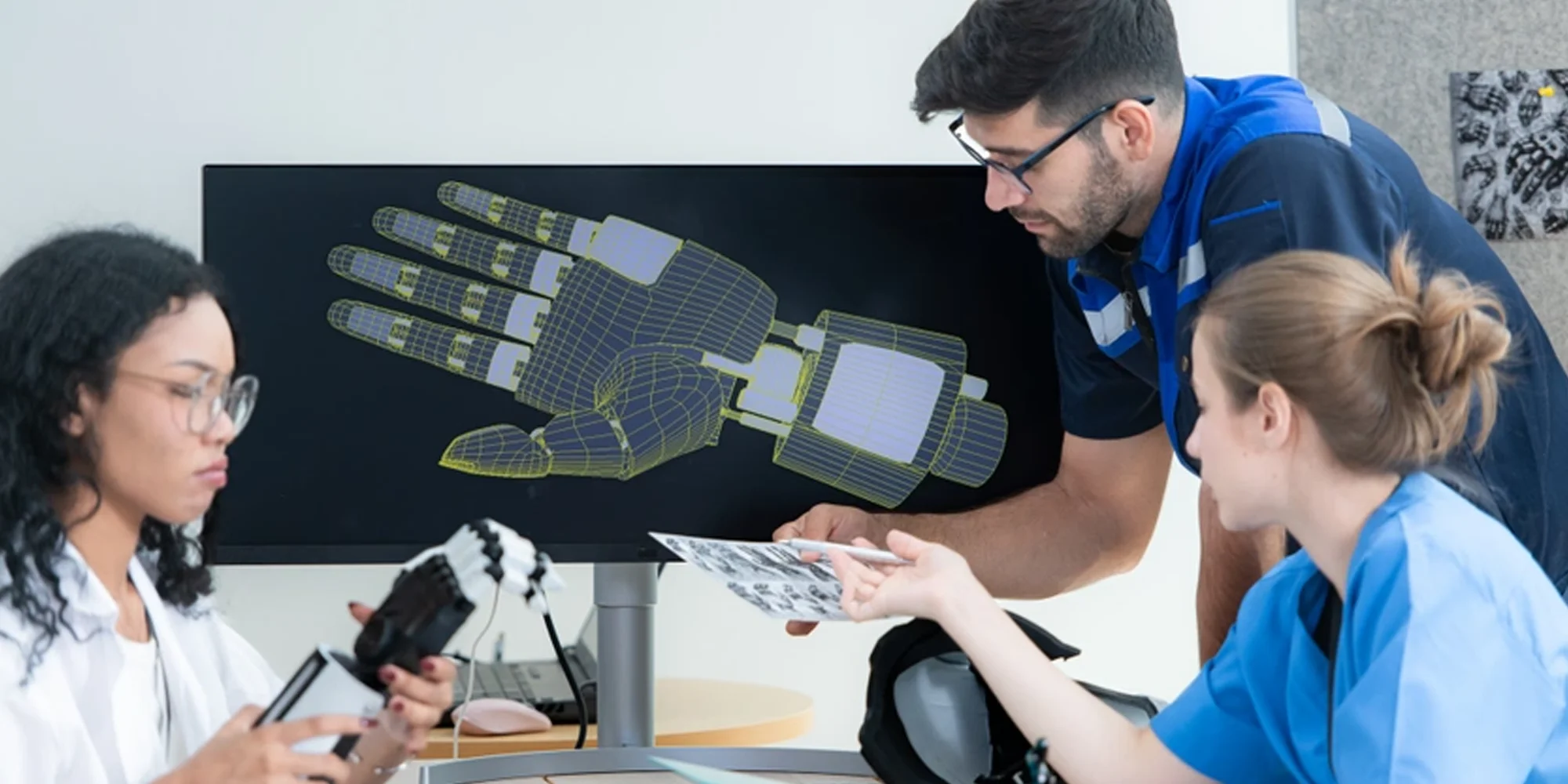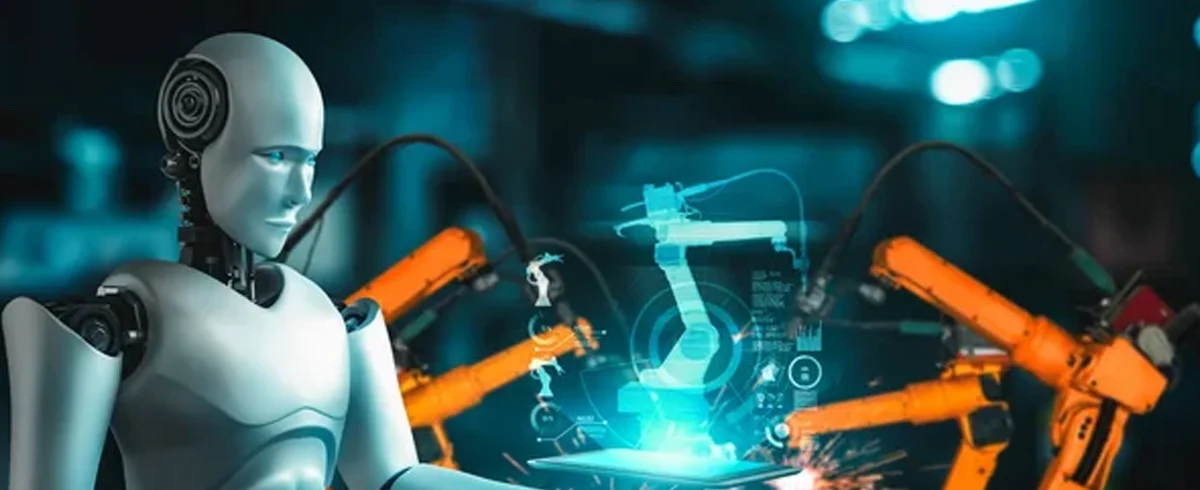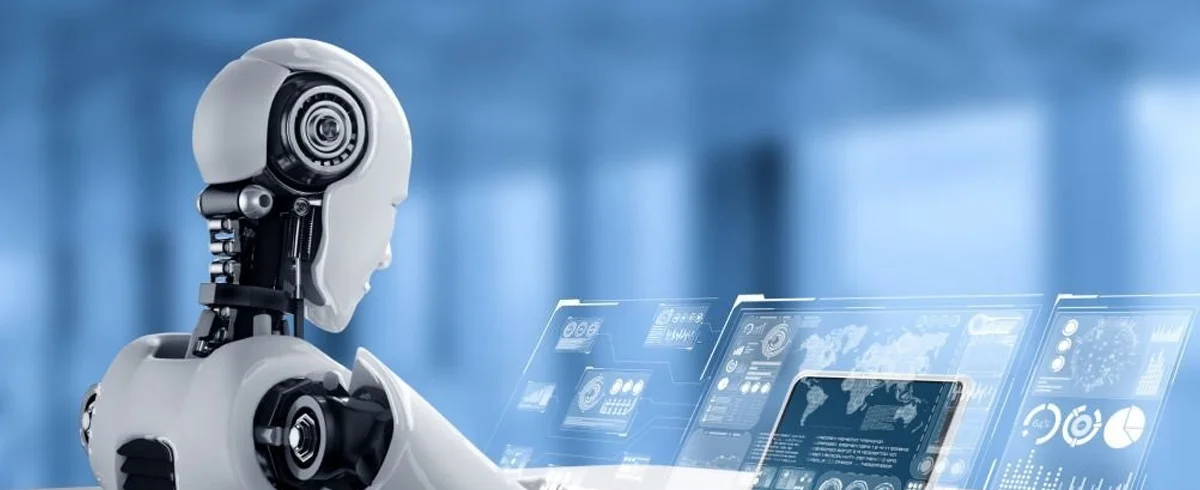Educational robotics leverages interactive learning. Students work on robot projects together. This builds their communication, teamwork, and collaboration skills while helping them to appreciate individual strengths.
2. Making Education Accessible
Robots can be programmed to meet the individual needs of a child. This makes provision of special education accessible and easier. Through robotics children with special needs like autism, attention disorder, and other developmental challenges can focus and develop social and communication skills.
3. Generating Interest in STEM Subjects
The use of robots in the classroom builds student interest in STEM subjects and helps them see how those subjects apply in the real world.
4. Non-Judgmental Learning
The use of educational robotics in the classroom reduces judgment and embarrassment for students because, unlike humans, robots don’t judge or feel. Although their ability to act with intention or form opinions is low, robots have emotion recognition capabilities.
This enables them to provide non-judgmental outlets for emotional expression. This way, they can support children when they experience homesickness or cultural adjustment challenges.
5. Personalizing Learning
Robots help students and teachers overcome the one-size-fits-approach challenge. Since they are capable of adapting different teaching methods, they can be programmed to support students to learn or practice more depending on their learning styles and abilities. This personalized mode of learning allows students to get instructed in ways that resonate with their needs and preferences.
6. Higher Knowledge Retention
Educational robotics focuses more on practice than theory. It gives students global perspectives through
virtual interactions, field trips, and exposure to issues in different parts of the world. These experiences help students to retain more knowledge than they would in conventional learning approaches.
What are the Benefits of Educational Robots?
Robotics in education offers numerous benefits for students, here are 3 major ones:
1. Promotes Hands-On Learning
Robotics allows students to learn by doing. Students are introduced to tech and science concepts in a practical way, empowering them with mechanical, electronic, and coding skills. This hands-on learning helps them understand theoretical concepts better.
2. Builds In-Demand Skills
Educational robots enable students to build skills like problem-solving, programming, and coding that are in demand in the job market in an engaging, fun way. Developing these skills early will help them succeed in their careers in future.
3. Prepares Students for the Workplace
Technology has become an integral part of the workplace. Robotics is already driving transformation in every sector. In the EdTech industry, robots give students a solid computational thinking and programming foundation that will enhance their understanding of emerging technologies in future.
Wrapping Up
Robotics in EdTech is changing the way students learn and retain knowledge rapidly. In the modern-day digital world, this approach can build STEM skills in students and adequately prepare them for future jobs. It can also expand opportunities for children with special needs and make education accessible to them based on their learning needs and styles.
In addition to providing technical skills, robotics in education also helps students develop a range of transferable skills like problem-solving, collaboration, teamwork, and logical thinking. These skills are what they need to succeed in life and the workplace.


